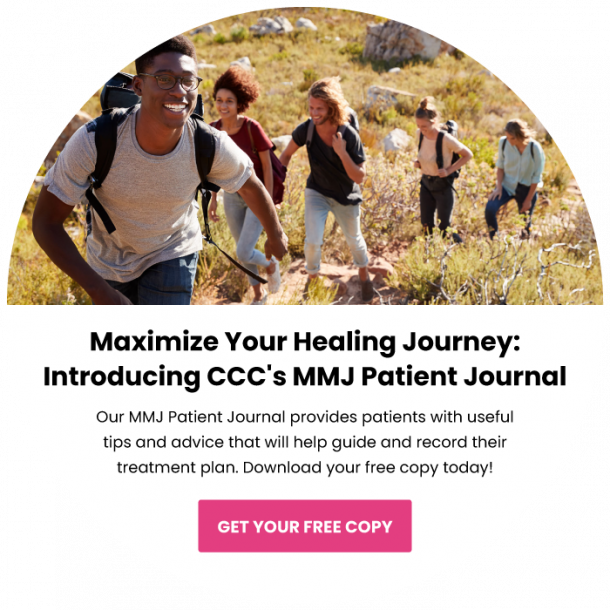Still clueless about medical marijuana? Want to know if it is FDA Approved or can it be homegrown? Below are some of the most frequently asked questions about medical marijuana.
One of the enduring topics about Marijuana is that whether it is effective to use as medicine. “Medical Marijuana” is the term used when the unprocessed cannabis plant or extract is used to treat some illnesses. In this article, an overview of frequently asked questions (FAQs) about medical marijuana will be answered based on studies and scientific findings.
1. What are the illnesses that medical marijuana helps alleviate?
There is no specific list that all states adhere, but in the state of New York , the following could be treated by medical marijuana:
- Amyotrophic lateral sclerosis (ALS)
- Cancer
- Chronic pain or Post-traumatic stress disorder
- Epilepsy
- HIV infection or AIDS
- Inflammatory bowel disease
- Neuropathy
- Parkinson’s disease
- Spinal cord injury with spasticity
2. Is medical marijuana approved by the FDA?
Currently, the FDA has allowed two processed drug in the market, which is typically in pill form. These are Dronabinol and Nabilone. These two drugs help in the treatment of adverse reactions to some cancer therapies.
3. Why is medical marijuana not approved as a medicine by the FDA?
In approving a drug to be considered as medicine, clinical trials are required. Due to the ban and taboo around using Marijuana, there is still not enough evidence of its safety and the proposed benefits. There also the need to study it’s possible side effects to weigh its usefulness. Right now, there has been no large-scale study with regard to the viability of medical marijuana.
4. How can one obtain medical marijuana?
As there are still states that ban marijuana, it is safer to check if your area allows the procurement of the plant. To obtain medical marijuana, one must get a prescription from a registered clinician. They will assess whether your condition would be fit for this treatment. Then it is when they issue a certification for medical marijuana.
5. What should I do after getting a certification for medical marijuana?
After the certification, you now need to apply for an ID for the dispensing of the medical marijuana. This process varies depending on whether you are a minor or a person with prescription needs and help from a caregiver. There are multiple areas for the registered dispensing of medical marijuana. For those with ID, search for the nearest one in your location.
6. What if the patient can not go to the medical marijuana dispensary?
Getting a caregiver would be the best option in this case. This, however, requires an ID and another filling process. The caregiver will be the one to get the medical marijuana and deliver it to the patient. There are also registered medical facilities that offer a delivery service. Just ask the local dispensary on their rules about delivering and services offered.
7. Can one plant their own marijuana for medical purposes?
Planting medical marijuana varies from state to state. Some states do not allow home growing, such as in Connecticut. Meanwhile, some states allow only 3 mature marijuana plants. Moreover, there are also a few states that allow up to 12 plants per household. There are also laws on how far an individual is from the designated medical marijuana dispensary.
If your state allows home growing, it is best to grow your marijuana plant indoors. You can grow marijuana hydroponically using grow tent for cannabis.
Source: The Weed Blog

